LEGACY EV March 05, 2024 EV Builders Guide
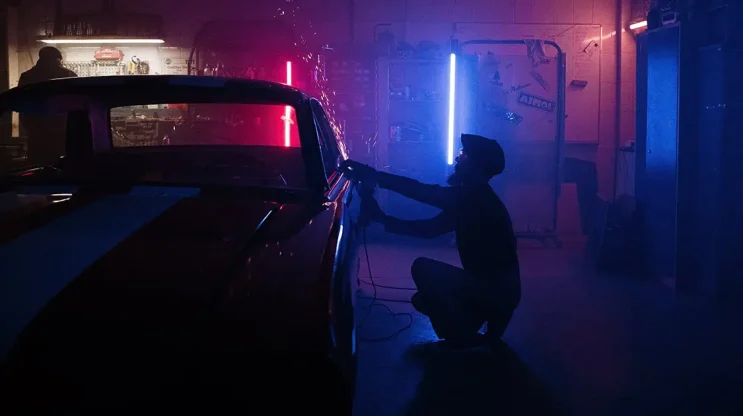
Photos by Legacy EV
Electric motors do not need to be running when the vehicle is stopped, and they generate significantly less heat than their internal-combustion-engine (ICE) counterparts. Most vehicles using ICEs rely on a serpentine or accessory belt to convert this idle energy to charge a 12V battery via an alternator, spin an A/C compressor, and run a power-steering pump. Furthermore, hot engine coolant is used to heat the cab via a heater core, and the negative pressure at the intake may be used to assist power braking or control other auxiliary functions.
When we convert a vehicle to an electric powertrain, we lose all these passive functions of the engine. How do we retain these creature comforts in a converted vehicle? Read on to find out!
Rather than use an alternator to charge a 12V battery, we now use a component called a DC-DC converter to power the 12V system. The DC-DC converter steps down the high-voltage DC power stored in the battery pack (at 100V , 400V, or even 800V!) to low-voltage DC power to keep our 12V battery topped off. Then, all existing 12V components such as lights, wipers, stereos, and power windows, stay in the vehicle operating in the same way as they did before. Not only does this simplify the conversion process, it also keeps voltage in the EV accessory systems as low as possible, which results in a safer build.
all existing 12V components such as lights, wipers, stereos, and power windows, stay in the vehicle operating in the same way as they did before.
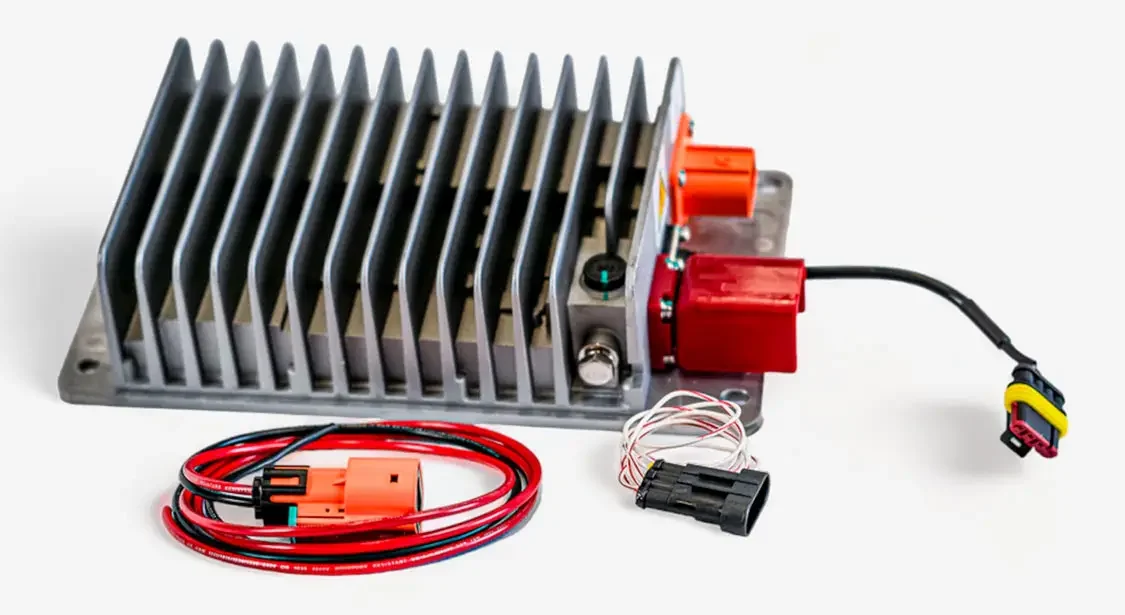
DC-DC converters are available as stand-alone components or come packaged in a combined charge unit, which also includes on-board charger functions. DC-DC converters can be sourced in 1kW to 2.7kW power outputs, which can provide 73A to 197A of DC current to a 12V battery.
In an ICE-operated car, hot engine coolant is blown over the heater core, and that heated air is then distributed throughout the cab. In an EV, we replace hot engine coolant with HV DC power as the source of heat. In some cases, a ceramic electric heater replaces the heater core completely. In other cases, the existing heater core is reused by adding a small liquid heater to the heater core circuit. We use the HV DC power available in the batteries to keep current low and associated electrical conductors small for the same power output.
Very similarly to the heating system in an EV, the A/C compressor works much the same. The belt-driven A/C compressor is replaced with a HV A/C compressor to compress the refrigerant in your typical automotive A/C system. We can switch the A/C compressor off and on by using the compressor clutch signal that the belt-driven A/C compressor used or by using a CAN bus signal. Again, we use the HV battery as the power source to keep current low while providing plenty of power to cool the cab of the vehicle.
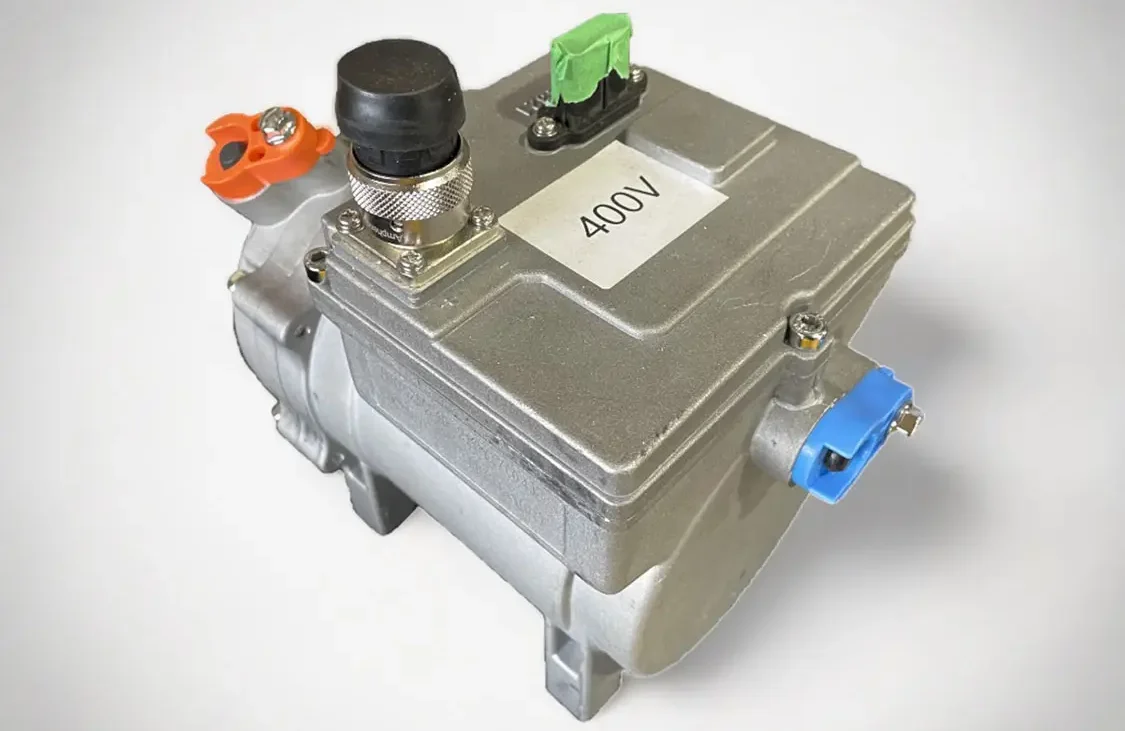
There are two primary ways to retain power steering in a converted vehicle. First, you can use an external electric power steering pump and then keep the existing rack-and-pinion. Alternatively, an electric power steering (EPS) can be used. EPS uses an electric motor to provide turn assistance to the steering system. The motor is activated by electronic sensors that detect the amount of steering lock being applied by the driver. This is used in both ICE and electric vehicles.
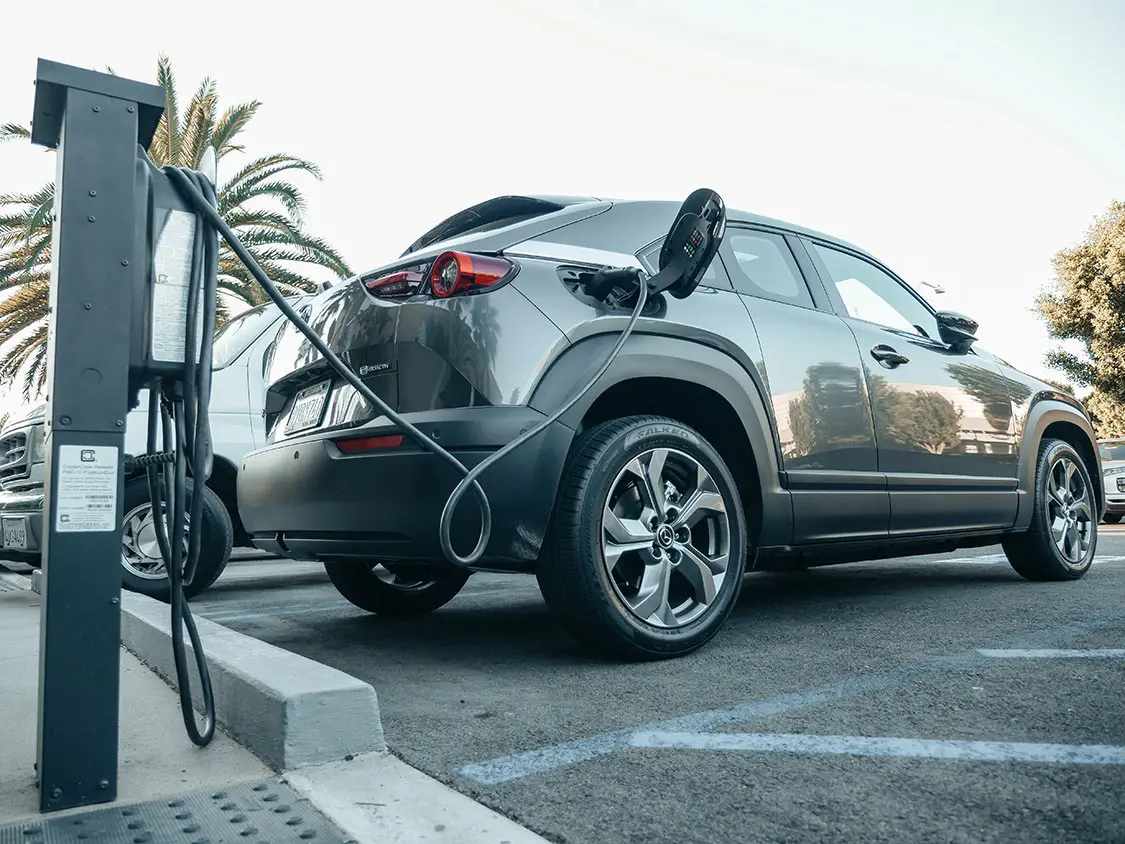
There are three primary ways in an EV to retain power braking depending on the existing system present in the vehicle. First, a 12V vacuum pump can be added to the system to provide a source of negative pressure for vacuum boosted brakes. Secondly, hydroboost brakes can be utilized with the addition of a fluid pump. Lastly, we can add an electronic brake booster to add more stopping power.
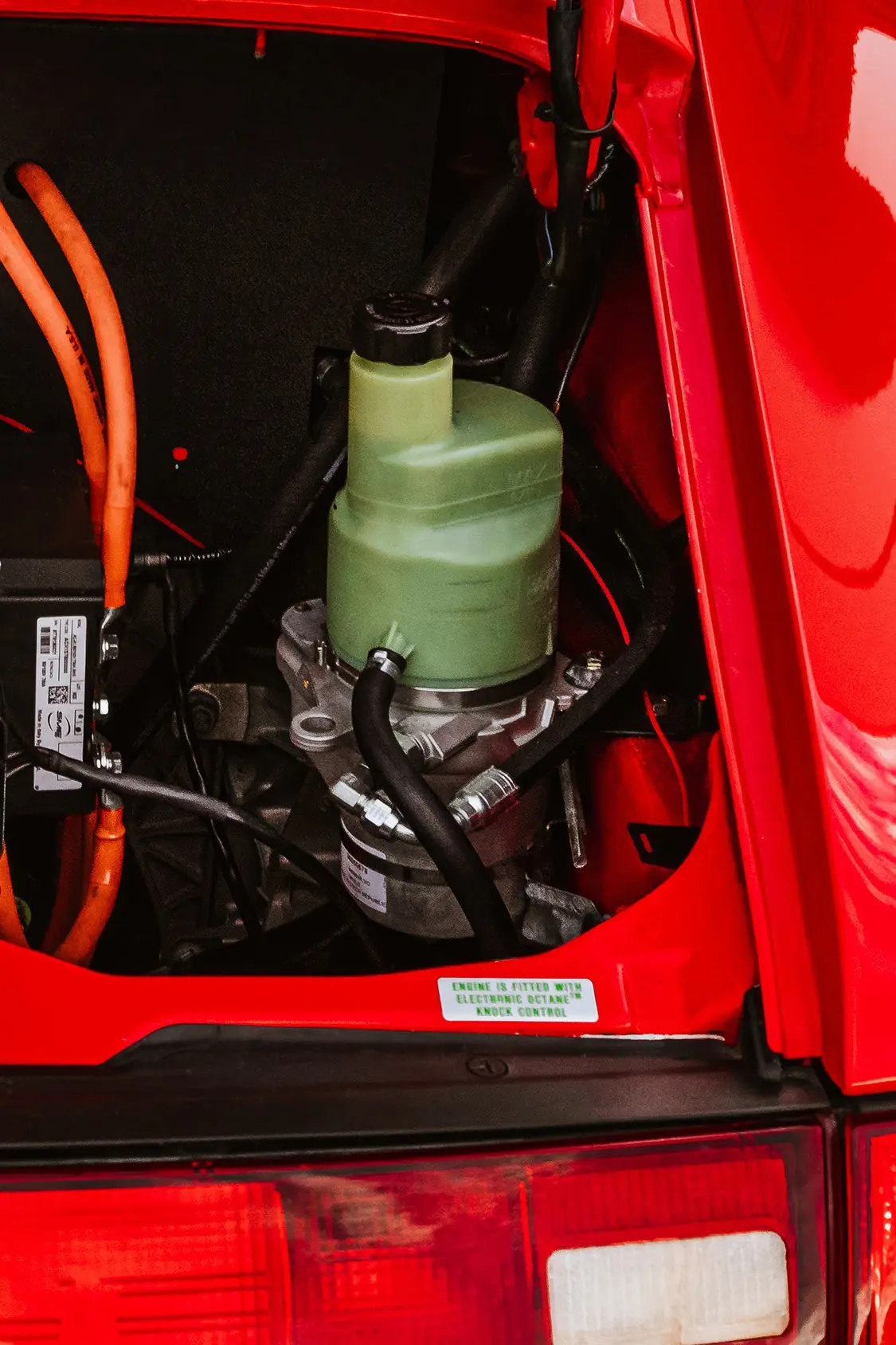
Another thing to consider when talking about brakes in an EV is that most can use regenerative braking to slow down the vehicle. This means that under normal operation, less brake pressure is needed to slow down the vehicle. The added benefit of regenerative braking is that the kinetic energy of the moving vehicle can be converted back into electric energy to charge the battery and extend the range of the vehicle.
By implementing a few key component swaps, we are able to keep all the creature comforts that we are familiar with when switching from gas to electric powertrains.
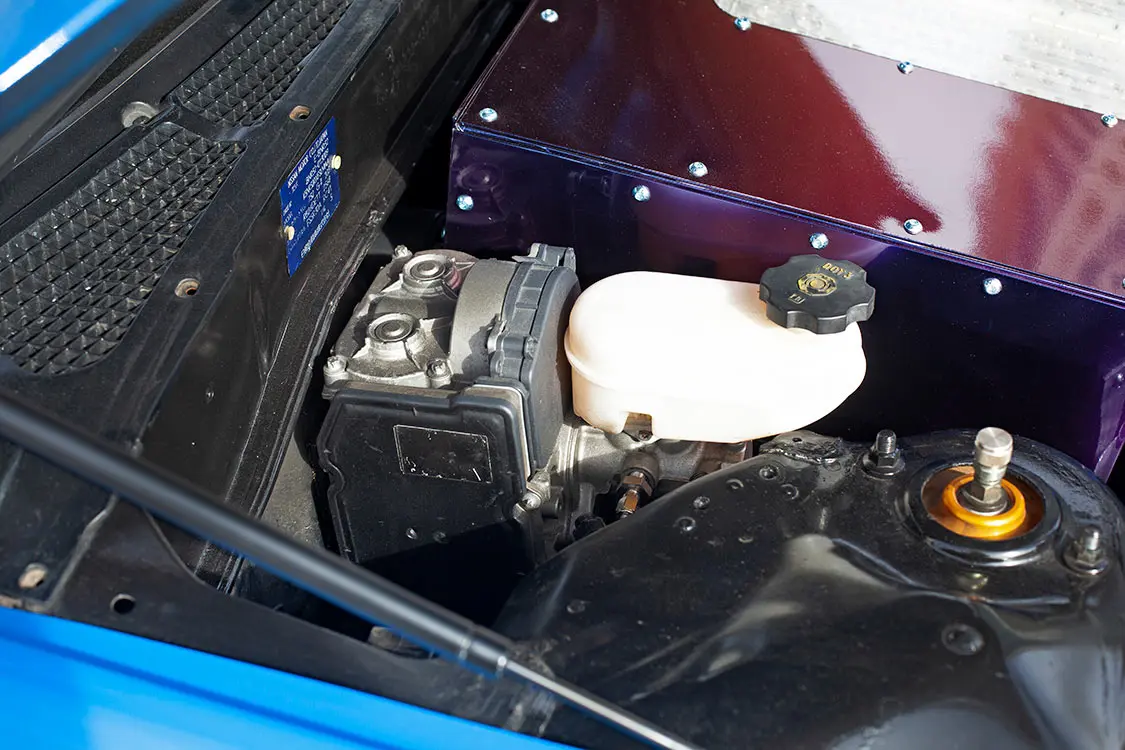
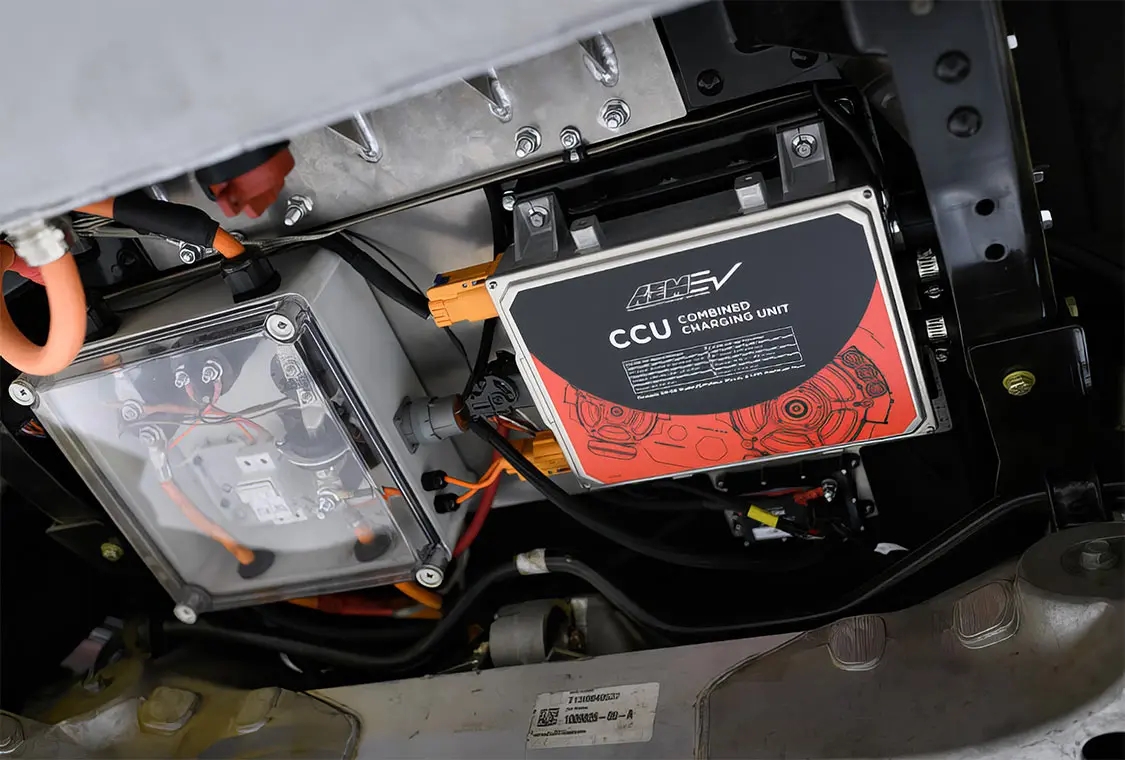
By implementing a few key component swaps, we are able to keep all the creature comforts that we are familiar with when switching from gas to electric powertrains. In many cases, the new accessories require less maintenance creating an even more enjoyable ownership experience.